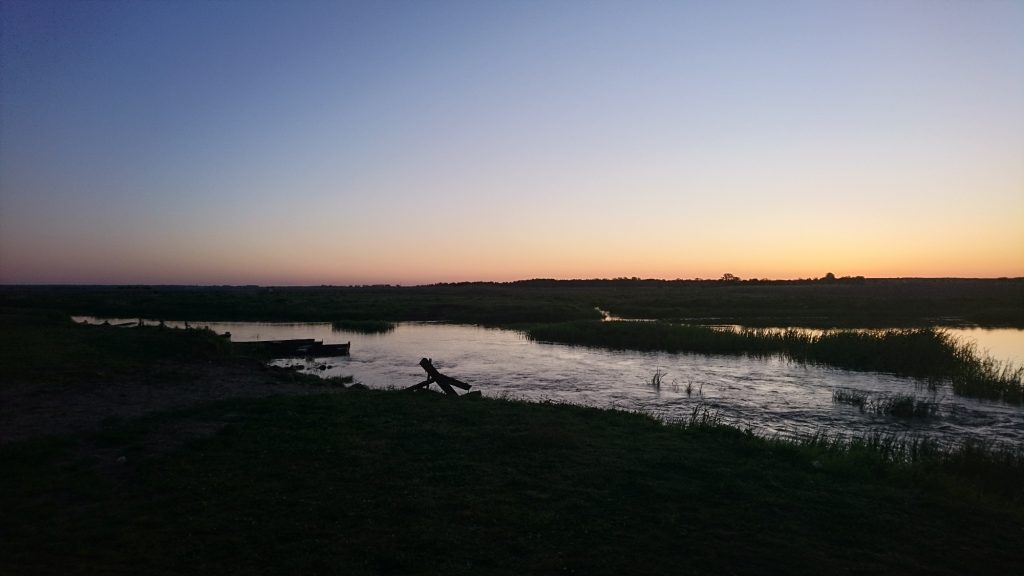Narew River

The Narew River, flowing gracefully through the enchanting landscapes of Poland, holds a deep cultural significance that transcends time and history. From ancient folklore to modern-day traditions, the river has been an integral part of the region’s cultural heritage, shaping the identity and way of life of its inhabitants. In this blog post, we delve into the myriad reasons why the Narew is culturally important, exploring its role as a symbol of tradition, history, and community.
Introduction:
The Narew River, with its winding course through the heart of northeastern Poland, has been a source of inspiration and sustenance for generations of inhabitants. It is a tributary of the river Vistula. Its cultural importance is deeply rooted in the traditions, folklore, and way of life of the people who have lived along its banks for centuries. From ancient rituals to modern-day celebrations, the Narew continues to be a symbol of cultural identity and pride for the communities that call it home. In this blog post, we will unravel the tapestry of cultural significance that surrounds the Narew and explore the reasons why it holds such importance in the hearts and minds of the Polish people.
1. Historical Significance:
The Narew River has played a central role in the region’s history, serving as a lifeline for trade, transportation, and communication since ancient times. Its strategic location made it a vital artery for the movement of goods and people, shaping the development of towns and villages along its banks. The river also witnessed key historical events, including battles, conquests, and migrations, which left their mark on the cultural landscape of the region. Today, the Narew is a living testament to the rich tapestry of history that has unfolded along its shores, preserving the memories and traditions of generations past.
2. Folklore and Mythology:
The Narew River is steeped in folklore and mythology, with countless legends and tales woven into its waters and surrounding landscapes. According to local beliefs, the river is home to mythical creatures such as water nymphs, mermaids, and river spirits, who are said to protect and guard its shores. These stories have been passed down through generations, enriching the cultural heritage of the region and adding to the sense of mystery and wonder that surrounds the Narew. Today, folklore continues to play a vibrant role in the lives of the people who live along the river, with traditional songs, dances, and festivals celebrating its mythical past.
3. Cultural Traditions:
The Narew River is a focal point for cultural traditions and celebrations that bring communities together in joyous festivities. Throughout the year, various events and rituals take place along its banks, marking important milestones such as weddings, baptisms, and harvest festivals. These traditions are deeply rooted in the customs and beliefs of the region, reflecting the close connection between the people and the river that sustains them. From colorful folk costumes to traditional music and dance, the cultural heritage of the Narew is kept alive through the shared experiences and memories of its inhabitants.
4. Environmental Conservation:
In addition to its cultural importance, the Narew River plays a vital role in the conservation of the region’s natural environment and biodiversity. Its meandering channels, wetlands, and floodplains provide essential habitats for a diverse range of plant and animal species, many of which are rare or endangered.
Efforts to protect and preserve the river’s ecosystems have led to the establishment of nature reserves and protected areas, ensuring that future generations can continue to enjoy the beauty and diversity of the Narew for years to come. By promoting sustainable land management practices and raising awareness about the importance of environmental conservation, the cultural significance of the Narew River is further enhanced, reinforcing the bond between the people and the natural world.
5. Community Engagement:
The Narew River serves as a focal point for community engagement and participation in cultural activities and initiatives. Local residents, artists, and organizations work together to promote and celebrate the cultural heritage of the river through exhibitions, performances, and workshops. These efforts help to foster a sense of pride and belonging among community members, strengthening social cohesion and resilience in the face of environmental and socio-economic challenges. By engaging with the cultural significance of the Narew, people are able to connect with their roots, share their stories, and build a brighter future for themselves and future generations.
Conclusion:
The Narew River is more than just a waterway—it is a living symbol of tradition, history, and community that continues to shape the cultural identity of the region. From ancient legends to modern-day celebrations, the river’s cultural importance is woven into the fabric of everyday life for the people who call its banks home. By embracing and preserving this rich heritage, we can ensure that the Narew remains a source of inspiration and pride for generations to come, fostering a deeper connection between people, nature, and the past.
Know More about the Narew River.
What are The Religious Places of the Narew River?
When Did The Narew River Basin Become a Focus?
Where is The Narew River Located?
Who Were The Key Historical Figures and Civilizations of The Narew River?
How to Reach Narew River?




